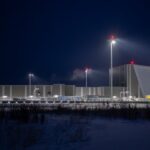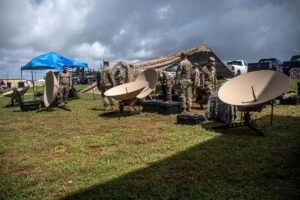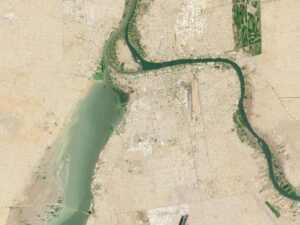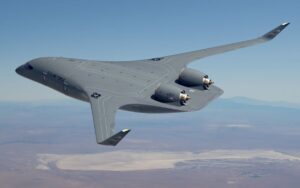
A new Alaska-based missile defense radar has been delayed for about a year due to the impact of the COVID-19 pandemic, according to a Government Accountability Office report and the director of the Missile Defense Agency (MDA). In the GAO’s annual report on the U.S. missile defense system, published last month, the report said MDA told GAO in June “all LRDR construction and integration activities ceased in March 2020 due to Coronavirus Disease 2019 (COVID-19).” “As a result, initial fielding…

 By
By 










